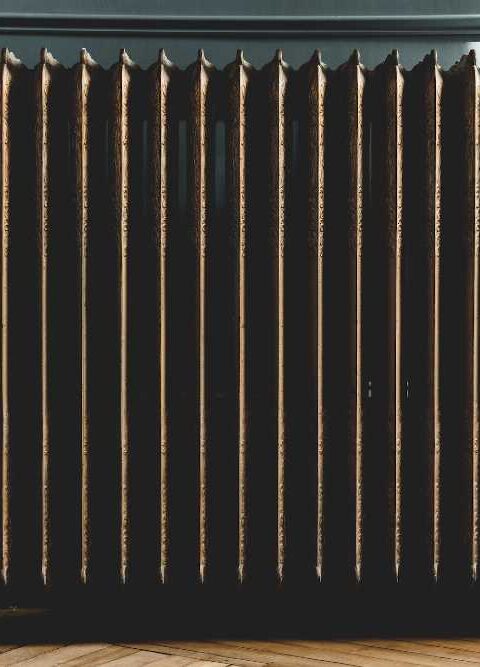Did you know that about 10% of homeowners insurance claims are hail-related?
Hail damage can leave your roof in need of repairs or even replacement. It can be a stressful and overwhelming situation. But with the right knowledge, you can maximize your insurance claim and get back on track quickly.
In this guide, we will discuss everything you need to know about handling roof hail damage. Read on to learn the essential steps to ensure proper assessment, repair, and reimbursement.
Assess the Damage
The first step in handling hail damage is to assess the extent of the damage. This will help you determine whether repairs or replacements are necessary. This also provides evidence for your insurance claim.
Here’s what you need to do:
Inspect Your Roof
Start by visually inspecting your roof from the ground. Look for any signs of damage such as missing shingles, dents, or cracks. Take note of the affected areas and take pictures for documentation.
Next, climb up to the roof if it is safe to do so. Inspect each shingle carefully, checking for any signs of damage. Pay special attention to the corners and edges as these are more susceptible to hail damage.
Check Your Gutters
Don’t forget to inspect your gutters for any debris or pieces of shingles that may have been dislodged by the hail. This can also provide clues about the severity of the damage on your roof.
Hire a Professional
If you don’t feel confident in assessing the damage yourself, it’s best to hire a professional roofing contractor. They have the expertise and tools needed to properly assess the damage. They can also provide an accurate estimate for repairs or replacements.
Inspect Your Attic
Another critical area to inspect is your attic. Look for signs of leaks or water damage on the ceiling, walls, and insulation. Water stains, mold growth, or damp insulation are indicators that your roof may be compromised.
Examine the Exterior
Beyond the roof and gutters, check other exterior components. This can include siding, windows, and vents. Hail can cause damage to these areas as well.
Documenting this damage can provide a comprehensive assessment for the insurance company. Look for dents, cracks, or chipped paint that could further validate your claim.
Inspect Outdoor Equipment
Don’t overlook outdoor equipment like air conditioning units, satellite dishes, or solar panels. Hail impact can damage these units.
Document Everything
As you inspect each area, take detailed notes and multiple photographs from different angles. This documentation will be invaluable when filing a claim. It provides concrete evidence of the damage.
File Your Roofing Insurance Claims
Once you have a clear understanding of the damage, it’s time to file your insurance claim. Here are the steps you should follow:
Contact Your Insurance Company
Notify your insurance company as soon as possible about the hail damage on your roof. They will guide you through the claims process. They will also provide necessary information such as coverage limits and deductibles.
Provide Documentation
As mentioned earlier, taking pictures of the damage is crucial for your insurance claim. Make sure to include these photos in your documentation along with any estimates or invoices from professionals. This will help support your claim and ensure proper reimbursement.
Review Your Policy
Take the time to review your insurance policy to understand what is covered and what isn’t. You may also want to discuss with your agent if there are any specific provisions for hail damage in your policy.
Meet with Your Adjuster
Your insurance company will send an adjuster to inspect the damage on your roof. Make sure to be present during this inspection to point out any areas of concern and provide additional documentation if needed.
Consider Hiring a Hail Damage Lawyer
If your insurance company denies or undervalues your claim, you may want to consider hiring a hail damage lawyer. They can help negotiate with the insurance company and potentially take legal action if necessary.
They can also assist with reviewing and understanding your policy. This is to ensure you receive proper coverage.
To help you find a reputable lawyer, check out Insurance Claim HQ hail damage. They have expert lawyers who specialize in hail damage claims.
Repairing Your Roof
Once your insurance claim has been approved, it’s time to start repairing the damage on your roof. Here are some tips to ensure a smooth process:
Hire a Qualified Contractor
When hiring a contractor, make sure they’re licensed and insured. This will protect you from any liability in case of accidents or damages during the repair process.
Ask for references and reviews from previous clients to gauge their reliability and quality of work. You can also check with your local Better Business Bureau to see if there are any complaints against the contractor.
Choose Quality Materials
Don’t skimp on materials when repairing or replacing your roof. Using high-quality materials will ensure longevity and protection for your home. Consult with your contractor about the best options for your budget and needs.
Get Multiple Quotes
Before starting the hail damage repair process, it’s best to obtain multiple quotes from different contractors. This will help you compare prices and services to find the best fit for your budget and needs. This will also help you avoid any potential scams or overcharging.
Keep Documentation
Just like when filing a claim, keep a record of all repairs and expenses related to the hail damage. This includes invoices, receipts, and contracts with your contractor. This documentation may come in handy in case of future issues or disputes.
Handling Roof Hail Damage With Confidence
Dealing with roof hail damage can be overwhelming, but it doesn’t have to be. By following these steps, you can effectively handle the situation and maximize your insurance claim.
Remember to always document everything and consult with professionals for accurate assessments and repairs. With the right knowledge and resources, you can get back to enjoying your home in no time.
Are you looking for more articles to help you out with what you should be doing? Then check out the rest of our site to read our other content.







